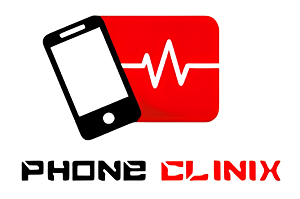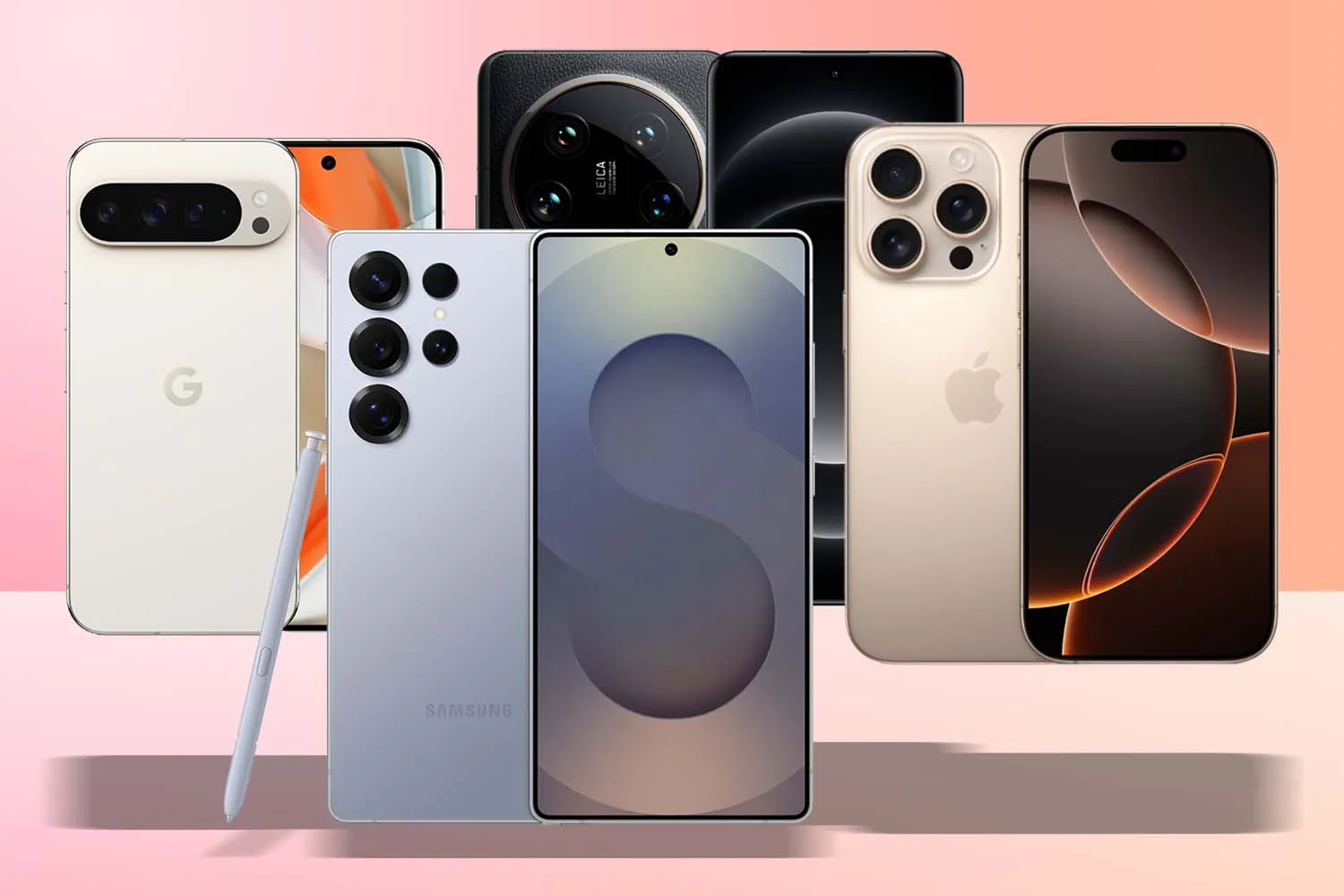Smartphones have become an essential part of our lives. From managing daily tasks to staying connected with others, these devices play a pivotal role. But like any piece of technology, they’re not immune to issues—especially when it comes to charging. One of the most common complaints users face is a phone that simply refuses to charge. If you’ve ever found yourself frustrated with a charging port that won’t work, this guide will help you diagnose the problem using phone diagnostic software and hands-on troubleshooting.
Common Signs of Charging Port Issues
Before diving into solutions, it’s important to understand the symptoms of a malfunctioning charging port. Here are some common signs:
- The phone does not charge when plugged in.
- Charging is intermittent—it works only when the cable is held at a certain angle.
- The phone charges slowly or stops charging suddenly.
- The charging cable gets unusually hot.
- Accessories like headphones (for USB-C ports) don’t function properly.
When any of these issues arise, many users instinctively blame the charger or battery. However, a damaged or obstructed charging port is often the real culprit.
Why Charging Ports Fail
Charging ports are delicate components that endure daily wear and tear. Here are the most common reasons they stop working:
- Dust and Debris Buildup: Lint, dust, and other particles can collect inside the port, preventing proper contact.
- Physical Damage: Forceful plugging/unplugging or dropping your phone can bend or break internal connectors.
- Water Damage: Even water-resistant phones can suffer from liquid corrosion inside the port.
- Manufacturing Defects: Faulty ports straight from the factory, though rare, do happen.
- Software Issues: Sometimes, it’s not the hardware—it’s a bug or glitch in the phone’s software causing charging failure.
So how can you pinpoint the exact cause?
Step-by-Step Diagnosis Using Phone Diagnostic Software
Thanks to advancements in technology, you don’t have to be a technician to figure out what’s wrong. Phone diagnostic software can help users identify the issue without opening the device. These apps test hardware components, analyze data, and present clear reports. Below is a guide on how to use them to diagnose charging problems.
Step 1: Download a Reliable Diagnostic Tool
There are several apps available depending on your device:
- Android: Phone Doctor Plus, AccuBattery, Ampere, TestM
- iOS: TestM, Phone Diagnostics, Lirum Device Info
These apps test various components, including the charging port, battery health, voltage input, and more.
Step 2: Run a Charging Test
Once installed, open the diagnostic software and look for charging or battery test options. Here’s what to observe:
- Input Voltage and Current: The app will show how much power is entering the phone. If the values are unusually low or zero, the charging port might be at fault.
- Battery Charging Status: The app will indicate whether the phone recognizes the charger.
- Cable and Adapter Verification: Some apps can detect issues with your charging cable or adapter.
If the phone doesn’t recognize any input or shows irregular patterns while charging, it likely points to a port issue.
Step 3: Cross-Check with Manual Troubleshooting
While phone diagnostic software provides insights, you should confirm the results with physical checks:
- Inspect the Charging Cable and Adapter:
Try using a different cable and adapter. If the phone charges fine, the issue is with the accessories, not the port. - Clean the Charging Port:
Use a flashlight to examine the port. Gently remove any dust or debris using a soft brush or a wooden toothpick. Avoid using metal objects to prevent damage. - Wiggle the Cable:
Plug in your charger and gently wiggle the cable. If charging starts and stops or only works at a certain angle, the port may be loose or damaged. - Try Wireless Charging (if supported):
If wireless charging works but wired charging doesn’t, this confirms the problem is isolated to the charging port. - Check for Software Updates:
Sometimes a software bug might prevent your phone from charging. Go to Settings > System > Software Updates to ensure your phone is up to date.
When to Seek Professional Help
If the phone diagnostic software and physical checks confirm a charging port issue that you can’t fix yourself, it’s time to contact a technician. Here’s when you should reach out to a professional:
- The port is physically damaged or loose.
- Cleaning didn’t help.
- The phone fails to charge even with new cables and adapters.
- The phone gets hot during charging.
Depending on your phone model, a charging port replacement can cost anywhere from $50 to $150. Make sure you choose a certified repair center to avoid poor-quality replacements.
Tips to Prevent Charging Port Issues
Once you’ve resolved the issue, take proactive steps to prevent future problems:
- Use High-Quality Chargers: Always use the original or certified charging cables and adapters.
- Avoid Pulling the Cable: Unplug by holding the plug, not the cable, to reduce stress on the port.
- Keep Your Port Clean: Use a port cover or regularly clean the charging port to prevent dust buildup.
- Don’t Use the Phone While Charging: It puts strain on the port and can lead to wear over time.
- Avoid Charging in Damp Areas: Moisture can cause corrosion over time, even in water-resistant phones.
Conclusion
A non-working charging port is a frustrating experience, but it doesn’t always mean your phone is beyond repair. With a mix of physical checks and phone diagnostic software, you can accurately identify the root cause. Apps like Phone clinix and TestM make it easy to gather real-time data on your phone’s power input and hardware status.
So the next time your charging port won’t work, don’t panic. Learn to diagnose the problem with a calm and methodical approach. By understanding how charging systems work and using modern diagnostic tools, you can save time, money, and the headache of dealing with a dead phone.



